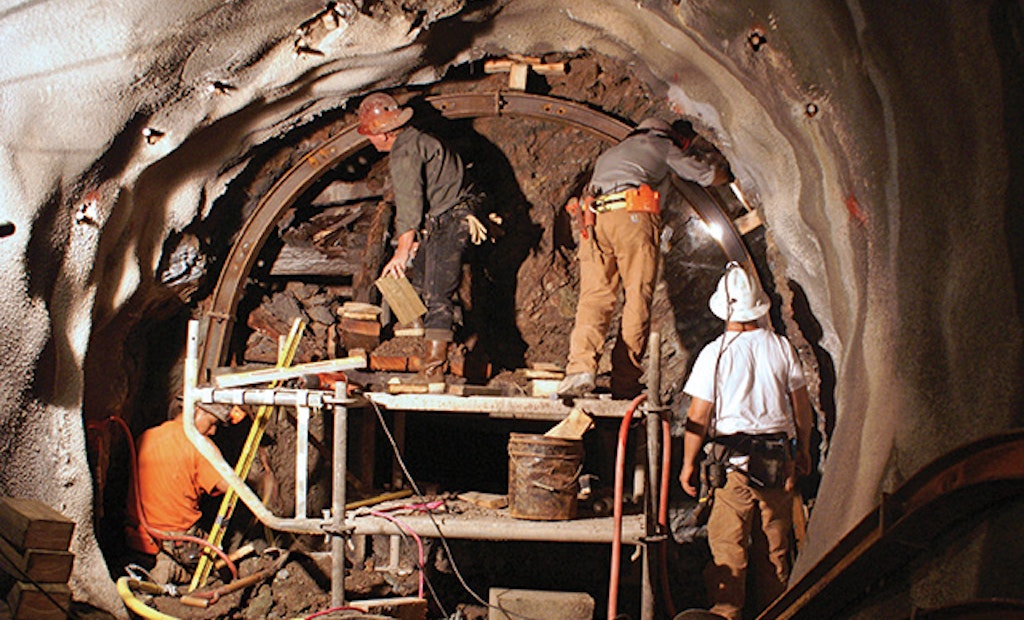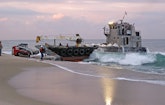
California's South Coast Water District (SCWD) is blessed with a spectacular view that cuts a picturesque swath along the Pacific Ocean 60 miles south of Los Angeles. The district also benefits from a man-made feature — a two-mile tunnel carved through the ocean bluffs of South...










